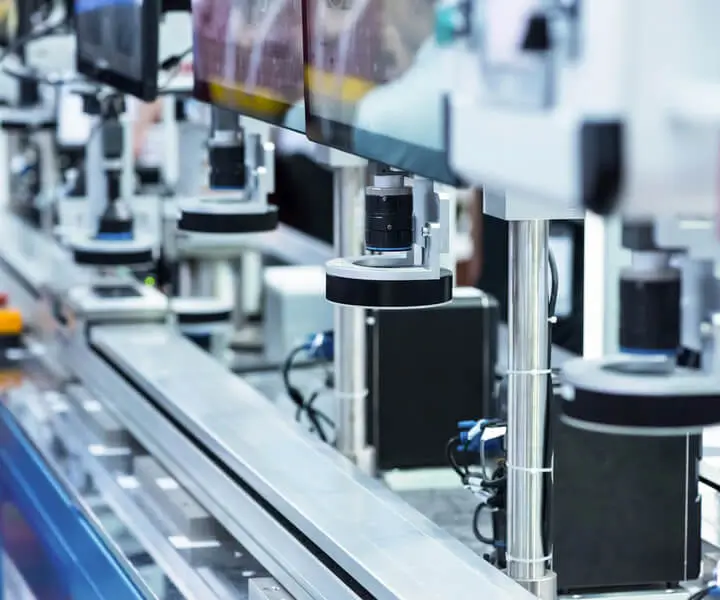Ever tried to make a robotic arm pick up a tiny screw or get a drone to zigzag through obstacles? If yes, chances are you've already appreciated the magic behind servo motors. They're like the brain’s little muscles, controlling movement with precision and grace. But what exactly is a servo motor, and how does it pull off such impressive feats? Stick around, because this little wonder packs a punch.

Imagine a tiny, yet powerful, motor sitting inside a device, constantly listening and responding. That’s basically what a servo motor does. Unlike ordinary motors that just spin continuously, a servo motor is designed for precision positioning. It can rotate to a specified angle, hold that position tightly, and adjust on the fly — all in milliseconds. It's like giving a robot a nerve, enabling it to react and adapt instantly.
Here’s how it works behind the scenes. The servo gets a control signal that indicates where it should point — think of it as a GPS for its movement. Inside, a small circuit compares the received signal with where the motor actually is. If there’s a discrepancy, the motor gets a jolt of power to correct itself, constantly adjusting until it’s spot-on. It’s almost like a thermostat that’s always checking and tweaking the temperature to keep it just right.
But let’s zero in on the core components. There’s a small motor, of course, but also a feedback device like a potentiometer, which acts as the motor’s eyes, telling it where it’s positioned. There’s usually a gear train, which translates high-speed, low-torque motion into slow, precise movements. Think of gears as the choreographers, turning rapid spins into deliberate steps.
Ask yourself — where do you see these marvels? From remote-controlled cars making sharp turns to aircraft autopilots maintaining smooth flight paths. Some hand-held tools rely on servo motors to keep everything steady. Even in camera autofocus systems, servo motors spring to life every time your lens adjusts, bringing your picture into perfect focus swiftly.
Why is it such a popular choice? It comes down to control. You get quick response times, high accuracy, and the ability to handle loads without breaking a sweat. For hobbyists, cutting-edge robotics, or industrial automation, servo motors are the unsung heroes making everything move smoothly. They’re small but mighty, reliable, and flexible.
So, when you’re thinking about adding motion, consider what a servo motor can do for your project. Its ability to deliver precise, responsive movement makes it impossible to ignore. Whether you're working on a new gadget or optimizing an existing system, this tiny powerhouse might just be the missing piece. When it comes to modern automation, servo motors are more than just a part — they’re the heartbeat behind innovation.
Established in 2005, Kpower has been dedicated to a professional compact motion unit manufacturer, headquartered in Dongguan, Guangdong Province, China. Leveraging innovations in modular drive technology, Kpower integrates high-performance motors, precision reducers, and multi-protocol control systems to provide efficient and customized smart drive system solutions. Kpower has delivered professional drive system solutions to over 500 enterprise clients globally with products covering various fields such as Smart Home Systems, Automatic Electronics, Robotics, Precision Agriculture, Drones, and Industrial Automation.




































